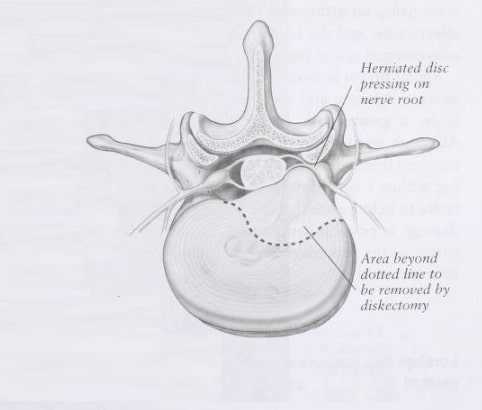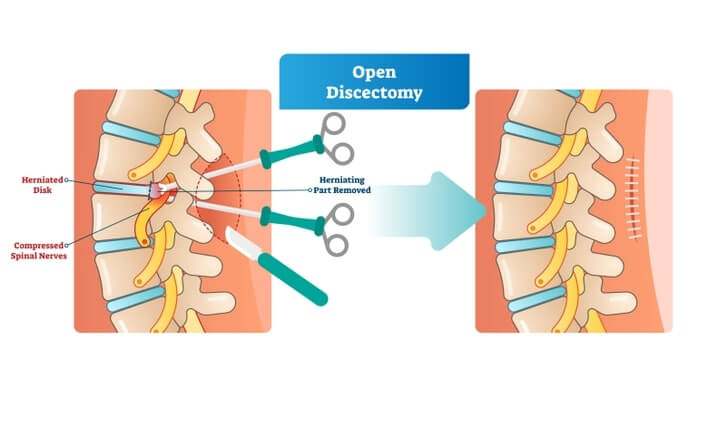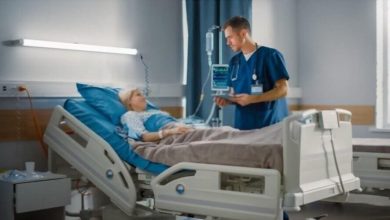Discectomy Surgery: Things One Should Know About Discectomy

The spinal column is made up of several inter-locking vertebral bones that run the length of your back. Discectomy surgery, also called discotomy, is the partial or complete removal of the intervertebral disc, that flexible, cartilaginous plate connecting any two adjacent vertebrae in the spine. Its sole function is to ensure that the interlocking vertebrae do not rub on each other and create friction that may degenerate the bones. The discs themselves can be subject to wear and tear depending on the factors such as age, disease, deformity and trauma on the spine.

When the intervertebral disc herniates or fragments, it can put pressure on the nerve roots of the spinal cord. This will result in a tingling, numbing pain that can gradually increase in severity and the most minimal of movement would be greatly inhibited. The interference on the pathway by which the signals are sent to your brain, out to the extremities and back, have to be cleared. Sometimes, symptoms can be relieved by non-invasive alternatives like a back support that inhibits back movement, or even physical therapy combined with some prescription medicine to alleviate the pain and inflammation. For some sufferers, non-surgical treatments will not work. The symptoms can be persistent and progressive. The only known and accepted cure to this is to perform discectomy surgery.

Discectomy surgery will cure the symptoms of a herniated or fragments: electric shock pain, tingling and numbness, muscle weakness, and bowel or bladder problems. It must be important to recognize these symptoms as these might be the signs and symptoms of cauda equine syndrome which is a medical emergency. The surgery generally performed using general anaesthetics as there will be incision on the back to expose the spine. Classic techniques involved big incisions; modern techniques now use smaller incisions allowing for better and faster recovery.

Recovery from discectomy surgery can be painful and slow. Patients may wake up from the surgery and realize that all that tingling numbness and leg pains have completely disappeared; some patients discover that their back pain gradually lessens as the weeks pass. The patient may also experience pain around the incision but that can be easily relieved by taking some oral pain relievers. There is usually just an overnight stay if there are no complications that may arise. Infections are prevented by prescription antibiotics that have to be taken in its full course. Mild activities are encouraged as strenuous ones may damage your spine further. Bending, twisting and lifting of heavy objects are strictly prohibited until such time as given clearance.
Like any procedure, discectomy surgery has its potential risks involved. Sometimes, another disc will herniate or fragment and cause similar symptoms felt before the surgery. Most patients will experience pain free life after the surgery, but there are some patients who had delayed the discectomy surgery will experience persistent pain and will never be completely recovered. Other risks of the surgery include leaking of spinal fluid, bleeding and infection. All these can be treated accordingly but this means that hospital stay may have to be extended.





